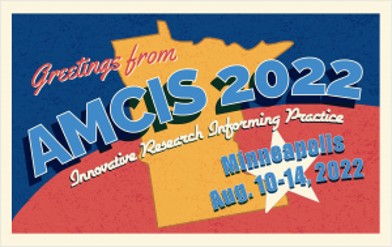SIG DSA - Data Science and Analytics for Decision Support
Loading...
Paper Type
ERF
Paper Number
1640
Description
While extant literature has reached a consensus on the effectiveness of Twitter in crisis communication, this paper contextualizes the use of Twitter specifically by political leaders during the COVID-19 crisis. We first identify political leaders on Twitter using machine learning techniques and then examine the significant properties of their networks. The findings demonstrate that the network of political leaders on Twitter is relatively dense and well-connected. However, a few nodes are highly prominent and have a large number of connections. Our study detects twenty-three communities of political leaders and observes the evidence of political polarization in the network. We also find two large communities representing the Republican and Democratic parties at the national-level. The remaining communities are reasonably well-balanced in size and center at the state-level. In further analysis, we plan to investigate the patterns of COVID-19 crisis communications through this network and explore the association with COVID-19 outcomes using panel data.
Recommended Citation
Murad, Mohammad Moinul Islam; Vaghefi, Mahyar; Nerur, Sridhar; and Mahapatra, Radha, "Does Use of Twitter by Political Leaders Matter in a Health Crisis? The Perspective of COVID-19" (2022). AMCIS 2022 Proceedings. 20.
https://aisel.aisnet.org/amcis2022/sig_dsa/sig_dsa/20
Does Use of Twitter by Political Leaders Matter in a Health Crisis? The Perspective of COVID-19
While extant literature has reached a consensus on the effectiveness of Twitter in crisis communication, this paper contextualizes the use of Twitter specifically by political leaders during the COVID-19 crisis. We first identify political leaders on Twitter using machine learning techniques and then examine the significant properties of their networks. The findings demonstrate that the network of political leaders on Twitter is relatively dense and well-connected. However, a few nodes are highly prominent and have a large number of connections. Our study detects twenty-three communities of political leaders and observes the evidence of political polarization in the network. We also find two large communities representing the Republican and Democratic parties at the national-level. The remaining communities are reasonably well-balanced in size and center at the state-level. In further analysis, we plan to investigate the patterns of COVID-19 crisis communications through this network and explore the association with COVID-19 outcomes using panel data.
When commenting on articles, please be friendly, welcoming, respectful and abide by the AIS eLibrary Discussion Thread Code of Conduct posted here.



Comments
SIG DSA